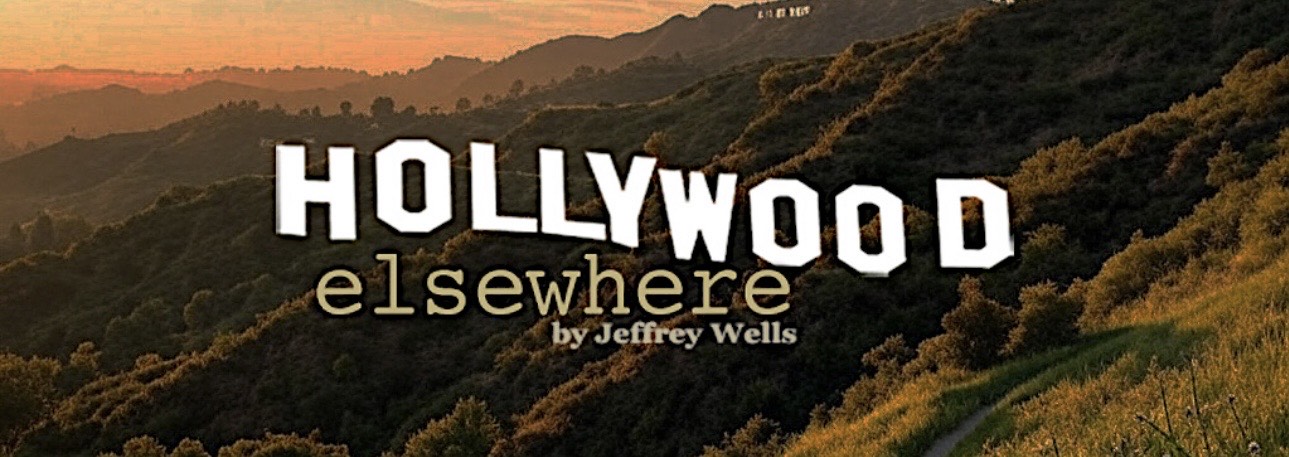After scanning Brad Brevet‘s “50 Most Anticipated 2013 Films” piece on Rope of Silicon, I’m adding 15 or 16 films to a previously posted rundown of 29 likely 2013 award contenders, must-sees and perk-ups. Not one is a low-rent superhero comic-book CG monster-action popcorn movie…not one. A few visionary fantasies aimed at Joe Popcorn, okay, but made by high-end directors.
Four are from Brevet’s initial list: (1) Peter Landesman‘s Parkland, Diablo Cody‘s untitled film (which was called Lamb of God when I read the script last year), (3) Brian Helgeland‘s 42 (Jackie Robinson biopic w/ Chadwick Boseman and Harrison Ford); and (4) Oliver Hirschbiegel‘s Diana (Princess of Wales biopic/love affair with Naomi Watts). (4)
I’m also adding Wes Anderson‘s The Grand Budapest Hotel, David O. Russell‘s Abscam project (a.k.a. American Bullshit — starts shooting in March so might not be ready this year…who knows?); Steven Soderbergh‘s Side Effects (which — update — I saw and liked on Monday night, 1.7), Noah Baumbach‘s Frances Ha, Richard Linklater‘s Before Midnight, Stephen Frears‘ Muhammad Ali’s Greatest Fight, Sofia Coppola‘s The Bling Ring, Lars von Trier‘s Nymphomaniac, Wong Kar Wai‘s The Grandmaster (which I’m almost certainly going to hate), Pedro Almodovar‘s I’m So Excited (all things Pedro!), Joe Swanberg‘s Drinking Buddies (Anna Kendrick, Olivia Wilde, Jake Johnson) and Jean-Pierre Jeunet‘s The Young and Prodigious Spivet (Judy Davis, Helena Bonham Carter). (12)
The 16 biggies I listed on 12.16 are as follows:
(1) John Wells‘ August: Osage County;
(2) Alexander Payne‘s Nebraska;
(3) Alfonso Cuaron‘s Gravity;
(4) George Clooney‘s Monuments Men (a.k.a., cousin of The Train);
(5) Paul Greengrass‘s Captain Phillips;
(6) Martin Scorsese‘s Wolf of Wall Street;
(7) Jason Reitman‘s Labor Day;
(8) Joel and Ethan Coen‘s Inside Llewyn Davis;
(9) Bennett Miller‘s Foxcatcher;
(10) John Lee Hancock‘s Saving Mr. Banks;
(11) Ridley Scott‘s The Counselor;
(12) Spike Lee‘s Oldboy;
(13) Luc Besson‘s Malavita;
(14) Steve McQueen‘s 12 Years A Slave;
(15) Baz Luhrman‘s The Great Gatsby (which might have issues);
(16) Spike Jonze‘s Her.
Also: Terrence Malick‘s two ventures — the film formerly known as Lawless plus Knight of Cups (neither of which might not be released until 2014 or 2015…you know Malick). (2)
One could also include Ben Stiller‘s The Secret Life of Walter Mitty, Nicholas Winding Refn‘s Only God Forgives, Ron Howard‘s Rush, David Cronenberg‘s Maps to the Stars. Neill Blomkamp‘s Elysium, Joseph Kosinski‘s Oblivion, Robert Schwentke‘s R.I.P.D., Steven Spielberg‘s Robopocalypse, Sam Raimi‘s Oz: The Great and Powerful abd Guillermo del Toro‘s Pacific Rim (10).


